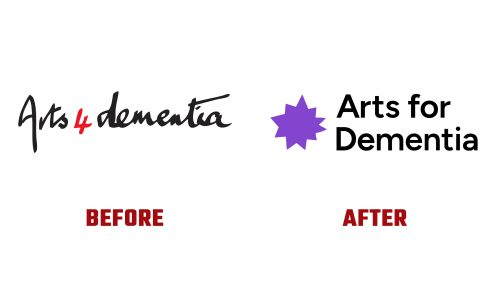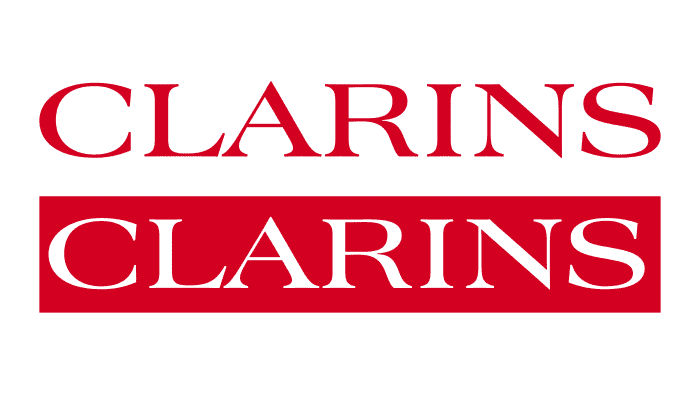Arts for Dementia, a pioneering charity dedicated to enriching the lives of individuals living with dementia through the arts, has launched a new visual identity featuring an invigorated Arts for Dementia logo. This significant rebranding reflects the organization’s commitment to promoting well-being, harnessing creativity, and building a supportive community for those affected by dementia since its inception in 2011.
The transformation from the previous logo, marked by its stark and somewhat intimidating hand-scrawled design, to the new logo is a testament to the charity’s evolution and positive impact on dementia care. The original logo’s black and red palette and a style reminiscent of a horror film poster inadvertently conveyed a message far removed from the charity’s uplifting and supportive mission. In stark contrast, the new logo introduces an exuberant, organic starburst symbol rendered in a soothing purple hue, signaling optimism and the therapeutic power of artistic expression.
While the new wordmark opts for simplicity and readability, perhaps to the point of underplaying the charity’s dynamic spirit, it ensures that the message of Arts for Dementia is clear and accessible to all. This balance of clarity and approachability is crucial for reaching out to a broad audience, including those directly experiencing the early stages of dementia, their caregivers, and the wider community.
A standout feature of the rebranding initiative is creating a unique set of pictograms developed in collaboration with individuals living with dementia. These pictograms capture what matters most to them, embodying emotions and experiences with authenticity and charm. The vectorized representations stay true to the original artworks, maintaining a cohesive narrative that speaks directly to the heart of Arts for Dementia’s mission.
The applications of the new visual identity have been thoughtfully designed to remain straightforward and user-friendly, ensuring that the charity’s communications are engaging and easily replicable. This approach underscores the organization’s understanding of its audience’s needs, prioritizing ease of interaction and removing potential barriers to engagement.





